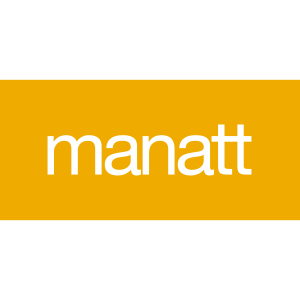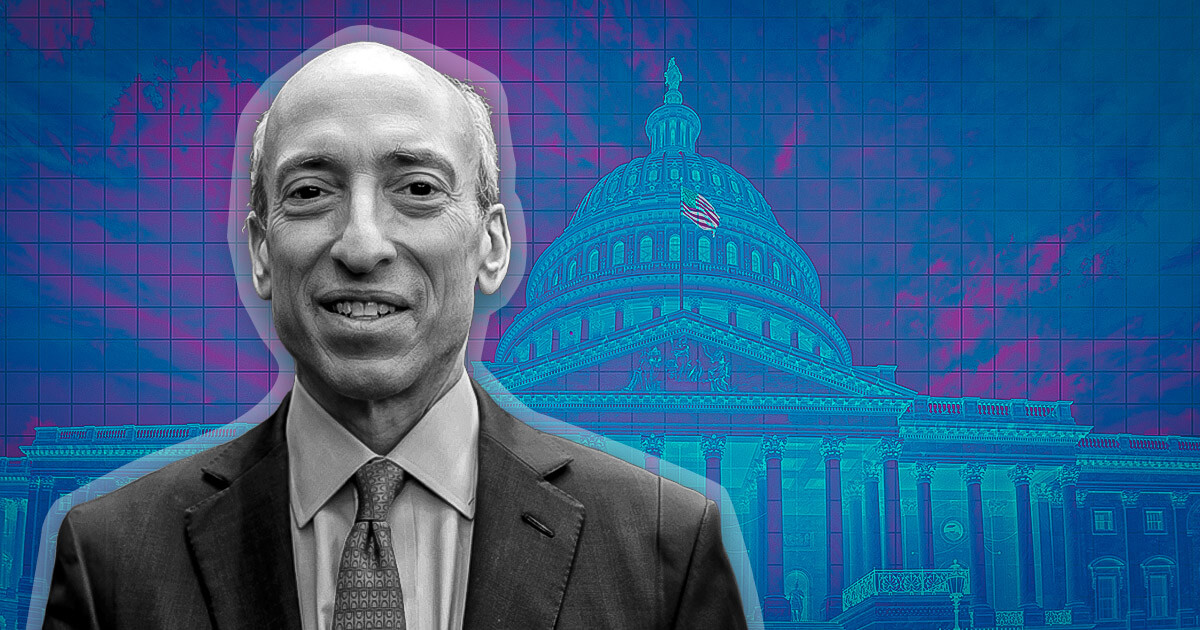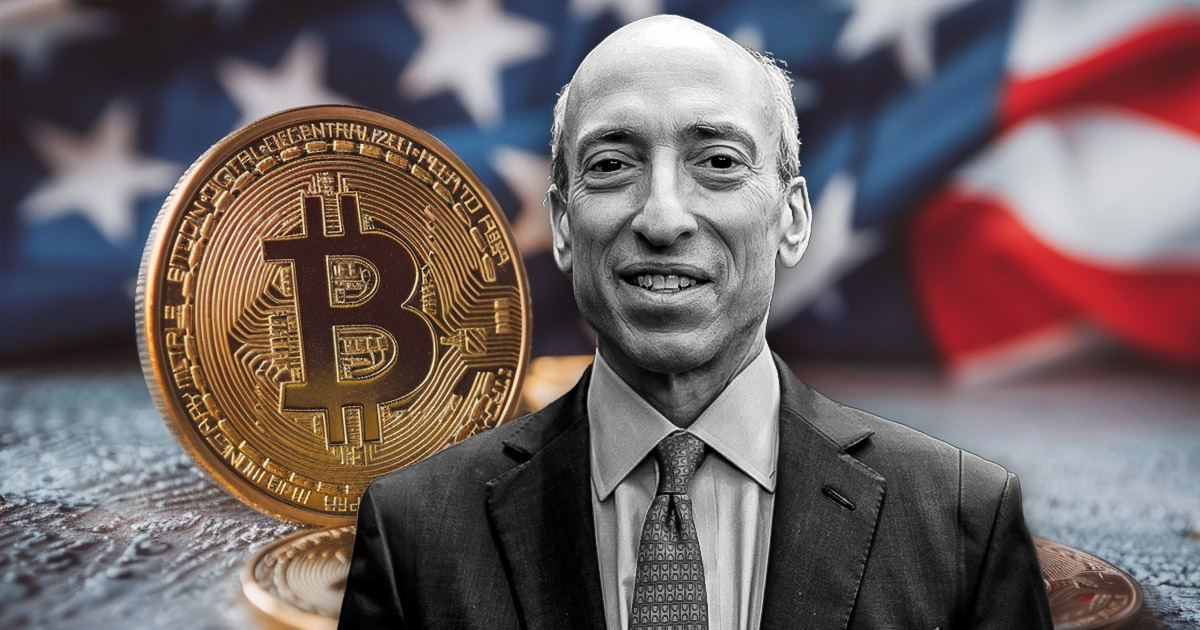After many iterations over the years attempting to regulate the cryptocurrency space, the House of Representatives passed the Financial Innovation and Technology for the 21st Century Act, or FIT21 Act, on May 22, 20241. The bipartisan vote was 279-136.
This legislation marks a considerable milestone in establishing a U.S. regulatory framework for the digital asset market, and compared to prior years’ bipartisan and bicameral attempts, shows the most promise of becoming law. After years of industry grievance regarding the absence of a method to comply with the previous U.S. framework, this passage signifies Congress’ commitment to bring stability to the digital asset market.
The bill was sponsored by Glenn Thompson (R-PA) and co-sponsored by a politically diverse bipartisan coalition including several members who have long argued for legislative solutions to many of the digital asset challenges: French Hill (R-AR), Patrick McHenry (R-NC), Tom Emmer (R-MN) and Ritchie Torres (D-NY).
Key Provisions
First, the bill aims to clearly establish define cryptocurrencies by categorizing based on whether it is a currency, commodity, security, or another form of digital asset. The categorization is crucial as it depicts how the cryptocurrency is governed. FIT21 adds definitions to the Securities Act of 1933 for terms such as “Blockchain,” ”Decentralized” and “Digital Asset.” The Howey2 test for determining whether an item is a security has not been dispensed with, however a new “carve out” from Howey has been embedded into the definition of “Digital Asset” which is clearly designed to give issuers more clarity in running their projections:
“(E) TREATMENT OF CERTAIN DIGITAL ASSETS SOLD PURSUANT TO AN INVESTMENT CONTRACT.—A digital asset offered or sold or intended to be offered or sold pursuant to an investment contract is not and does not become a security as a result of being sold or otherwise transferred pursuant to that investment contract.” (emphasis added)
But of course it might be a security anyway, so the SEC is still somewhat in the driver’s seat in determining security status and bringing enforcement cases. This is in response to litigation where the judge determined that tokens became securities based on the manner in which they were offered.3 The FIT21 Act is designed to message to the SEC that it should not be pursuing cases against decentralized blockchain tokens and Section (E) above is a somewhat weak safe harbor.
The legislation further aims to establish a structure that divides regulatory responsibility between the Securities and Exchange Commission (SEC) and the Commodity Futures Trading Commission (CFTC). If the digital asset is categorized as a “Security” or “Restricted Digital Asset,” then the SEC will oversee it, while digital assets categorized as commodities and derivatives will fall within the CFTC jurisdiction.
The allocation amongst the regulatory bodies depends on factors such as how decentralized the digital asset is on the blockchain system, the acquisition process of the digital asset, and who holds the asset (e.g., a developer or an exchange). While allocating separate regulatory responsibility the legislation also seeks to strengthen regulatory cooperation by mandating both agencies formulate joint rulemaking. This framework permits entities to register with both agencies and alleviate compliance challenges.
Besides establishing a classification process, the legislation also introduces a certification process permitting an individual to file a certification that a blockchain system has met the requisite criteria to qualify as a ”Decentralized System.” If the SEC does not reject the filing within the 60-day review period, the blockchain system will be certified as a decentralized system and therefore subject to CFTC-style regulations rather than SEC.
Finally, the legislation includes consumer protection into its regulatory framework. For example, FIT21 requires both the SEC and CFTC to establish supplementary digital asset anti-fraud rules in addition to the anti-fraud protections that are imposed vis a vis the existing regulatory framework under the securities and commodity derivatives laws.
Collectively, the FIT21 Act seeks to close regulatory loopholes between traditional regulatory frameworks and emerging and novel technologies. Not surprisingly, SEC Chair Gary Gensler opposes the law, stating the bill would create additional regulatory gaps, most notably leaving investment contracts out of the definition of a “security” if they are created on a blockchain.4
Why it Matters?
- The FIT21 Act is designed to de-claw the SEC to some extent and provide legislative clarity to the status of digital assets. Considerable blood (and legal fees) has been spilled over the past decade deciphering exactly what regulatory regime applies to a particular offering by a digital asset company. Most practitioners had assumed the securities laws applied, but the new legislation, if passed, refines that view somewhat.
- The SEC and CFTC have sometimes sparred over jurisdiction in this space. This has been further complicated by separate enforcement proceedings by state attorneys general and state financial services and securities regulators. The FIT21 Act does delineate the division of labor between the two agencies.
- The FIT21 Act is the most ambitious legislative initiative to bring order and some clarity to the digital asset space. As with many financial regulations, much is left to agency discretion based on facts and circumstances of a particular offering. However, the FIT21 Act at least updates and modernizes the toolbox so that the laws do not sound like they are nearly a century old and apply to wholly different tech from the companies of today.
- The bill’s supporters included nearly every Republican who voted in the House and many Democrats. Most far-left Democrats voted no, but many moderates and Democrats from tech-heavy areas voted to support the bill (anecdotally, Marjorie Taylor Greene and Adam Schiff both voted “Aye”).
What Comes Next?
While the House passage is a significant achievement, the FIT21 Act will next go to the U.S. Senate for consideration and a vote and then if it passes on to the White House. There could be forthcoming revisions to the legislation, as it fails to specifically address some of the issues germane to decentralized finance. Should you have questions about the foregoing, please do not hesitate to contact any of the authors or the Manatt professional with whom you work.
1 The FIT21 Act is styled H.R. 4763 and the bill text and procedural history can be found here: Text – H.R.4763 – 118th Congress (2023-2024): Financial Innovation and Technology for the 21st Century Act | Congress.gov | Library of Congress
2 See SEC v. W.J. Howey Co., 328 U.S. 293 (1946).
3 See SEC v. Ripple Labs, Inc. et.al. (S.D.N.Y. 2024). https://www.sdnyblog.com/files/2023/07/20-CIv.-10832-2013.07.13-Ripple-SJ-Ruling.pdf and Both SEC and Ripple Claim Victory in Important Securities Decision.
4 See SEC’s Gensler Says House Bill Would ‘Undermine’ Regulator’s Crypto, Capital Markets Oversight (yahoo.com)
Credit: Source link















































